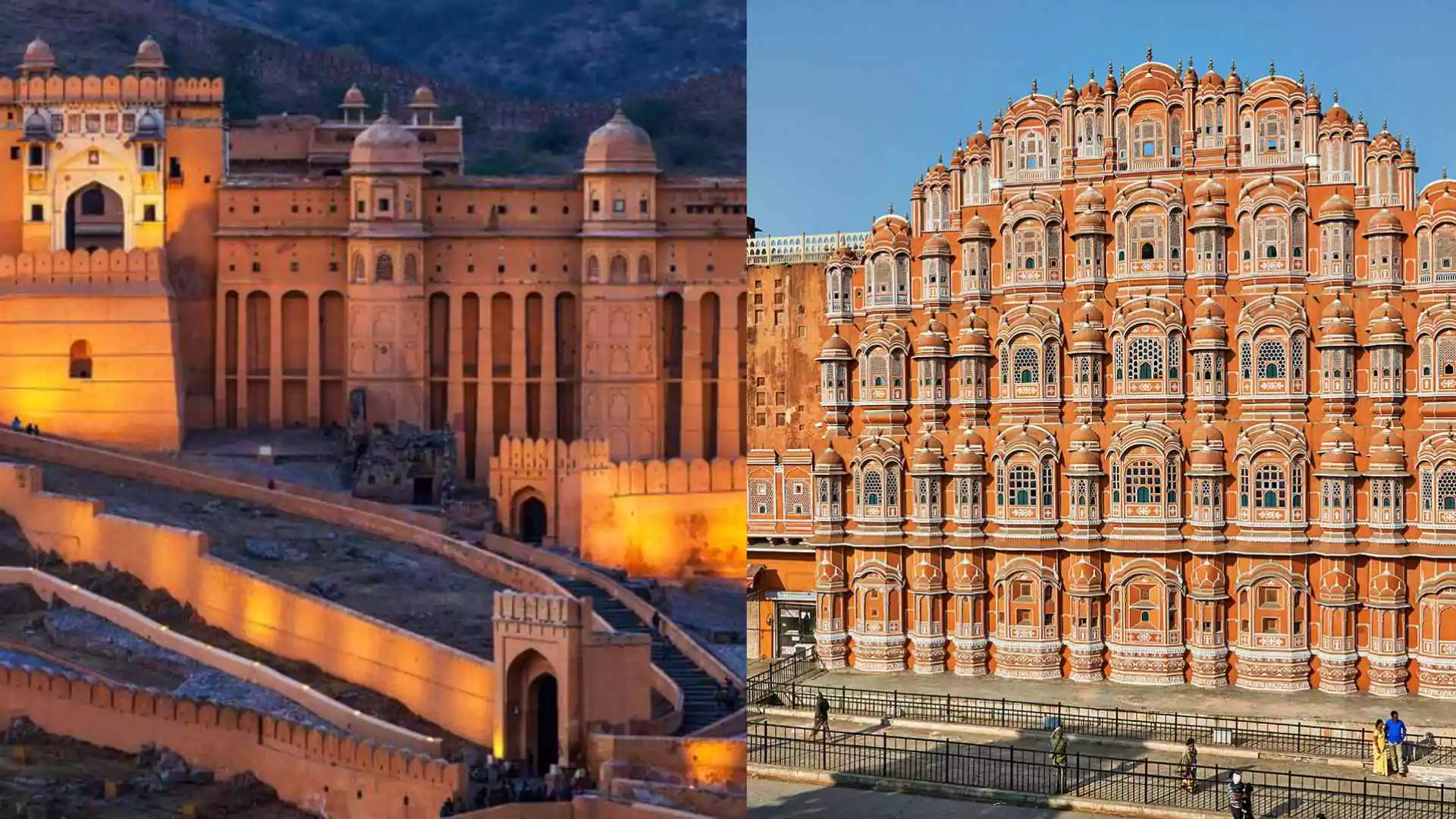Syrian man Bashir Abazayd is widely considered the catalyst for the Syrian uprising against President Bashar al-Assad’s regime, a rebellion that spiraled into one of the most devastating conflicts of the 21st century. What began with a teenage act of defiance in the southern Syrian city of Daraa would go on to ignite a war that ravaged the country and altered the Middle East forever.
Acused of spray-painting anti-government graffiti
As a teenager, Abazayd was accused of spray-painting anti-government graffiti on a school wall in Daraa. At the time, in early 2011, Syria was still largely under the oppressive grip of the Assad regime, led by the president—a British-trained ophthalmologist whose family had ruled the country for over four decades.
The message scrawled on the wall was simple but daring, “It’s your turn, doctor. Freedom.” This message, reminiscent of the sweeping Arab Spring movements across the region, set the stage for what would become a nationwide uprising.
Abazayd latter recalled, “Who would have believed that the regime would kill its own people with chemicals and warplanes?”
Bashir Abazayd inspired by Arab spring
While Abazayd initially denied involvement in the graffiti, over time he admitted to his role, acknowledging that it was a response to the growing unrest and the desire for change inspired by uprisings in neighboring countries. Though no official records confirm his arrest, the Daraa Martyrs Documentation Office—a group tracking civilian casualties and detentions—lists him as one of the 16 boys detained in connection to the graffiti.
Despite the initial hope that their actions would ignite change, the conflict that ensued quickly escalated into a brutal and bloody war. The streets of Daraa were filled with people demanding the release of the detained boys, and by March 18, 2011, Syrian security forces opened fire on protesters, killing at least two people. Activists consider this the first deaths of what would become a violent uprising. The spark had been lit.
In the following months, demonstrations spread across Syria, growing more intense. The Assad regime responded with violence, escalating the situation into a full-scale civil war. Various groups, including foreign powers, militias, and the Islamic State, would later become embroiled in the conflict, further complicating the dynamics of the war.
Bashir Abazayd on democracy and change
Abazayd while recalling the early days of the rebellion with a sense of hope, reflecting on how the protests and rallies symbolized a fight for democracy and change. “We started to have these deep conversations about democracy, about the shape of the state, about the regime.” “We thought it’s a wave and we’re part of this wave.”
The war quickly attracted foreign intervention, with Russia and Iran backing Assad’s regime and the U.S., Gulf countries, and Turkey supporting various rebel factions. The U.S. also deployed troops to fight ISIS and assist the Kurdish-led Syrian Democratic Forces in their battle against the extremist group.
Despite these efforts, the war continued to rage, claiming hundreds of thousands of lives and displacing millions of Syrians.
The loss of hope became inevitable for many, especially after Russia’s military intervention in 2015 and the recapture of rebel-held cities by Syrian forces. The turning point came in July 2018 when Assad’s forces, backed by Russian support, took control of Daraa, raising the national flag over the city and reclaiming the vital border crossing with Jordan.
Also Read: All About Alawite Community: History, Religious Beliefs, Influence And More























